Among the many different families of birds that call Rwanda home, the thirteen species of cisticolas stand out as fascinating and enchanting residents, even if they are superficially rather dull. There’s a further nineteen closely related species which are closely related to the cisticolas and referred to as ‘Allies’. These allies will be discussed in a later article. If you’d like to read more about what a species is, click here.
Cisticolas thrive in grasslands, wetlands and marshes, making Rwanda’s diverse landscapes a perfect home for them. Whether you’re exploring the savannahs of Akagera National Park, the lush montane tropical forests of Nyungwe National Park, or the wetlands surrounding the City of Kigali, you are likely to hear and see these charming birds. Each of the rather similar looking species of cisticolas has adapted to their specific habitat and plays a unique role in Rwanda’s ecosystems.
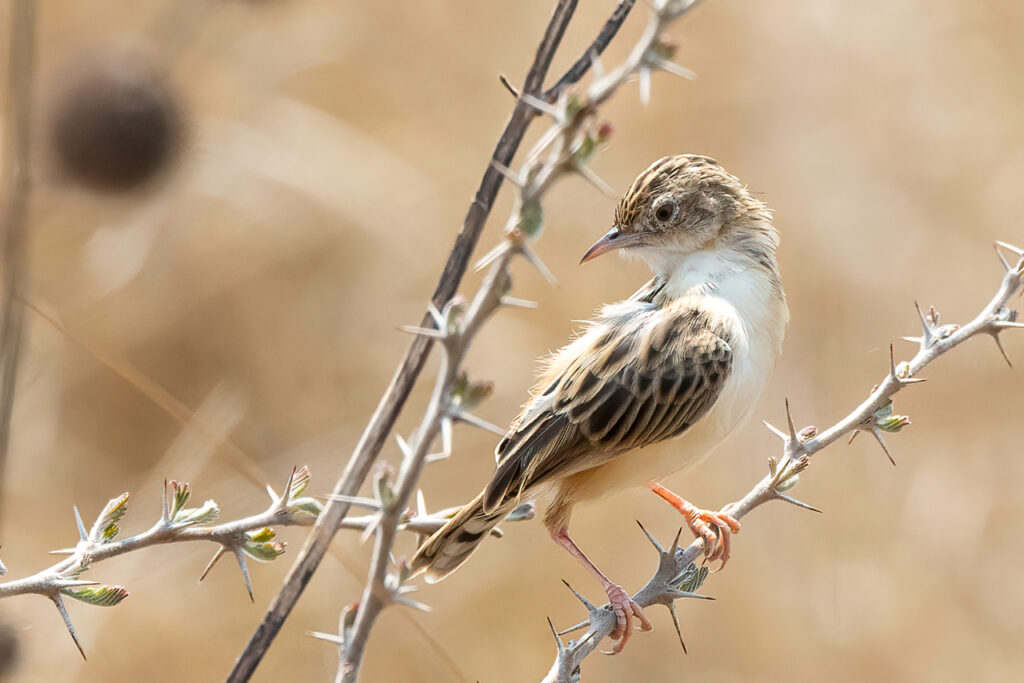
Cisticola plumage can best be described as drab. Whilst this might be true, their subtle colours and patterns enable them to conceal themselves brilliantly within their habitats. There is no sexual colour dimorphism in cisticolas, which means that males and females look very similar, and there are also physical similarities between the various species, which means that trying to identify these little brown birds by sight alone can be somewhat challenging.
Fortunately for anyone trying to identify cisticolas, one of the most remarkable aspects of cisticolas is their melodious songs. These birds are renowned for their rhythmic, repetitive vocalisations, especially during their breeding season when males sing to attract mates or pairs duet to defend territories. Males will advertise their availability by singing from elevated perches or by singing during display flights over their territory. I have seen this behaviour numerous times at Umusambi Village, Nyandungu Eco-Park, and other areas across the country.
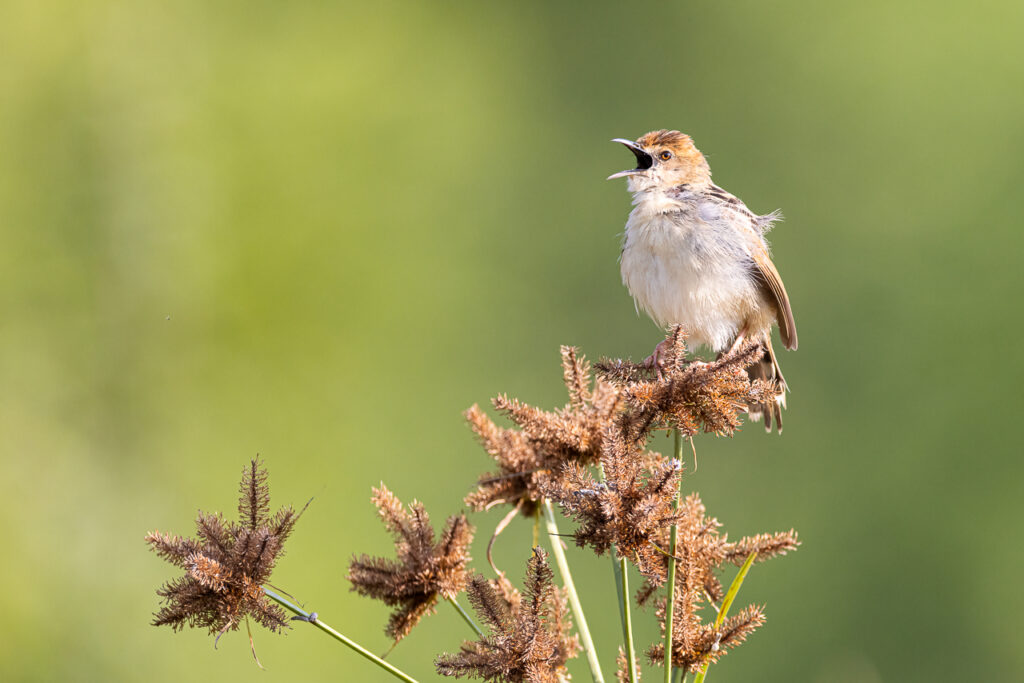
As similar as the various species look, there is much variation in their vocalisations between the species, whether it’s the rhythmic chirps of a Zitting Cisticola or the rising trill of the Winding Cisticola. These variations, coupled with the elevation and type of habitat in which we find a cisticola guide us to the identification of whichever of Rwanda’s thirteen cisticola species we have found. For me, these vocalisations have been the soundtrack to many of my trips to photograph Rwanda’s birds.
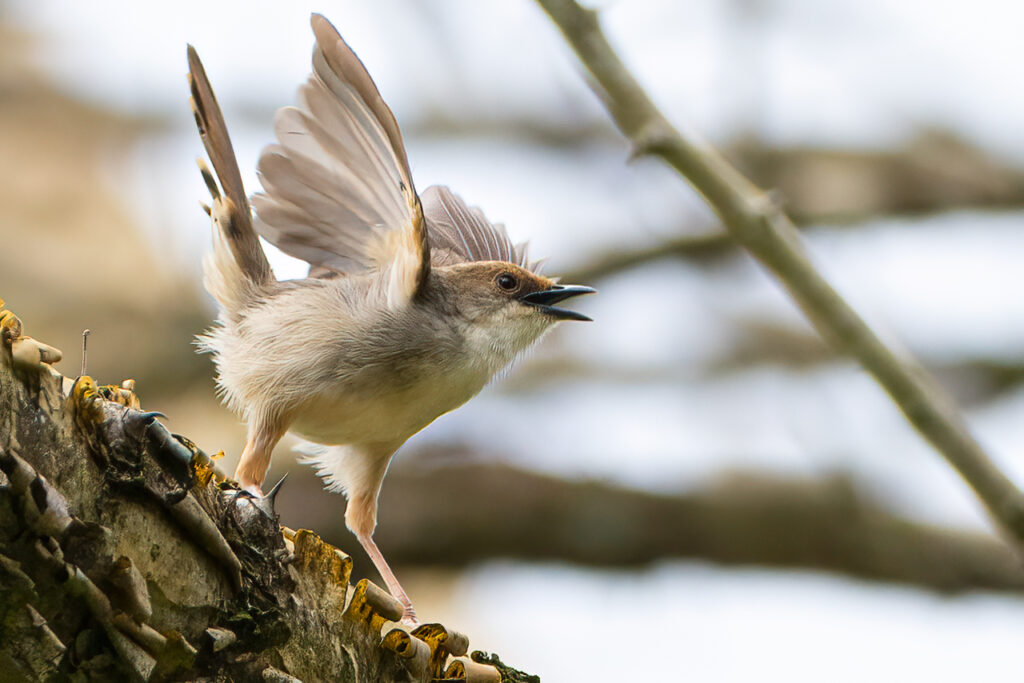
The diet of the citicolas largely consists of small insects, and their thin, straight ‘tweezer-like’ beaks are perfectly adapted for this task. They can be found foraging on the ground and hunting in vegetation. Cisticolas generally build ‘ball-type’ nests with a side-top entrance which is bound with spiderweb or plant down that attaches it to tufts of grass. The Red-faced Cisticola however, ‘stitches their nests into living leaves’ (Carnaby 2019, p. 643). The eggs are incubated mostly by the female and the altricial nestlings, which are born helpless and therefore require significant parental care, are usually fed by both parents. As a group, cisiticolas are predominantly parasitised by Klaas’s Cuckoo.
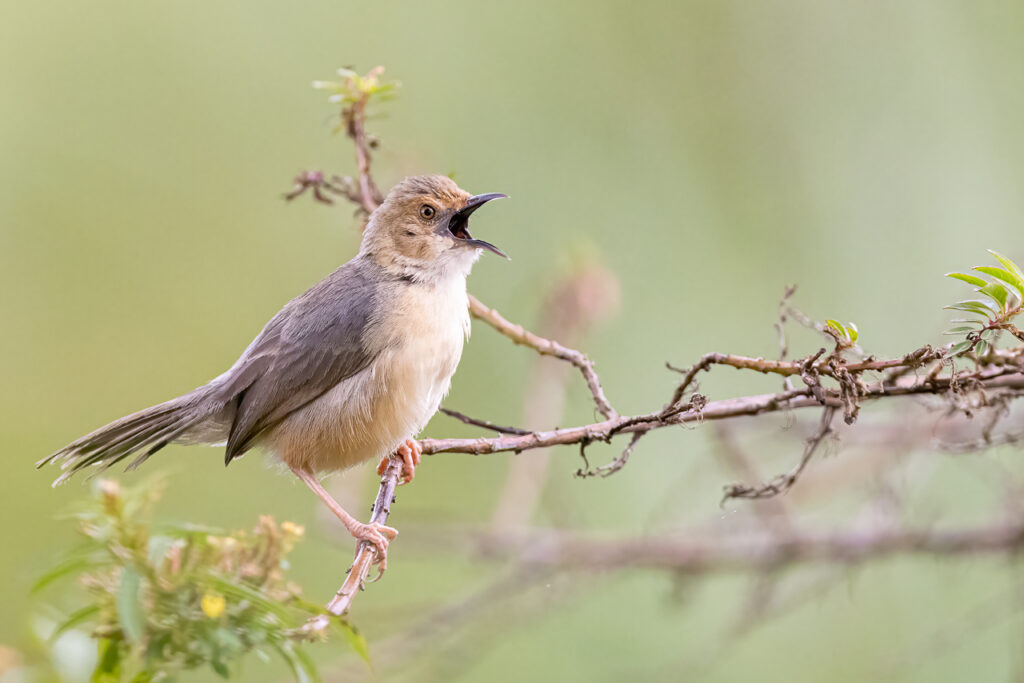
Although few cisticola species are considered globally threatened, the conservation of their habitats remains an ongoing issue. Wetland degradation and habitat loss due to agriculture and urbanisation can have a significant impact on populations of these birds. Rwanda’s commitment to conservation, including the protection of her national parks and wetland reserves, is a positive step toward safeguarding the habitats of cisticolas and other avian species.
Carnaby, T. (2019) Beat About the Bush: Birds, Jacana Media, Johannesburg, South Africa.

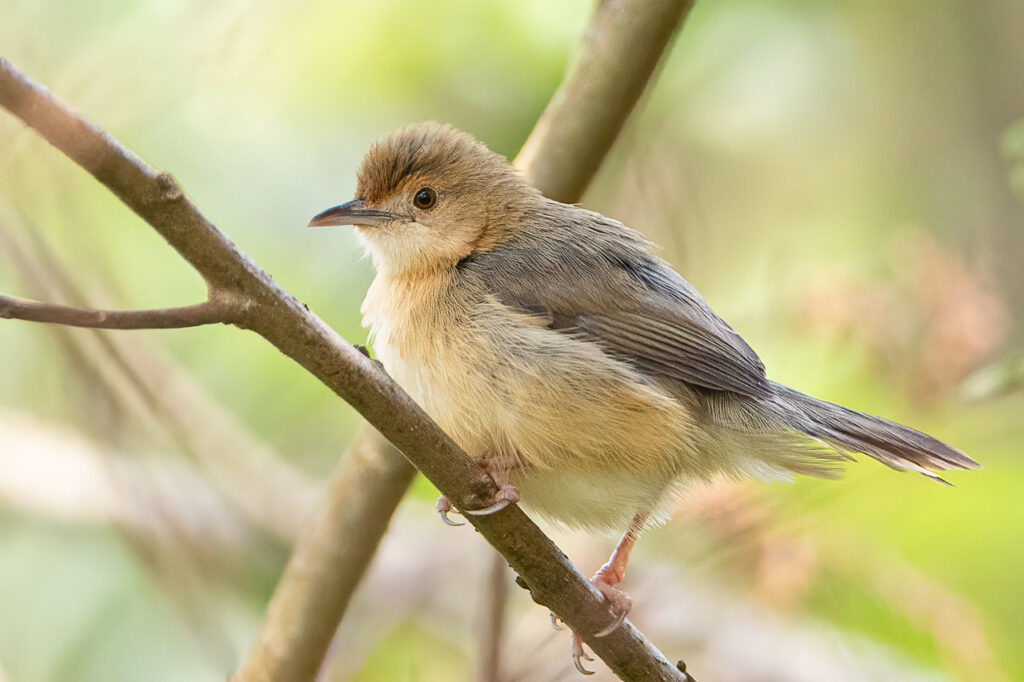
So interesting! A very well documented report, as usual. All is said and more. Brilliant! Bravo Will!❤️
Thank you Nikky, really glad you found it interesting.
A very clear summary of those little brown jobs! You emphasise well how the habitat and song distinguishes the different species in the family of cisticolas. It is one that it is good to audio record, as their abundance in a habitat can be a marker for it’s biodiversity health. Great job, well done.
Thank you for comments Hilary, much appreciated and really glad you enjoyed it.
Beautiful write up and well described. Thanks for sharing.
Really glad you enjoyed the piece, thank you for taking the time to read and comment.